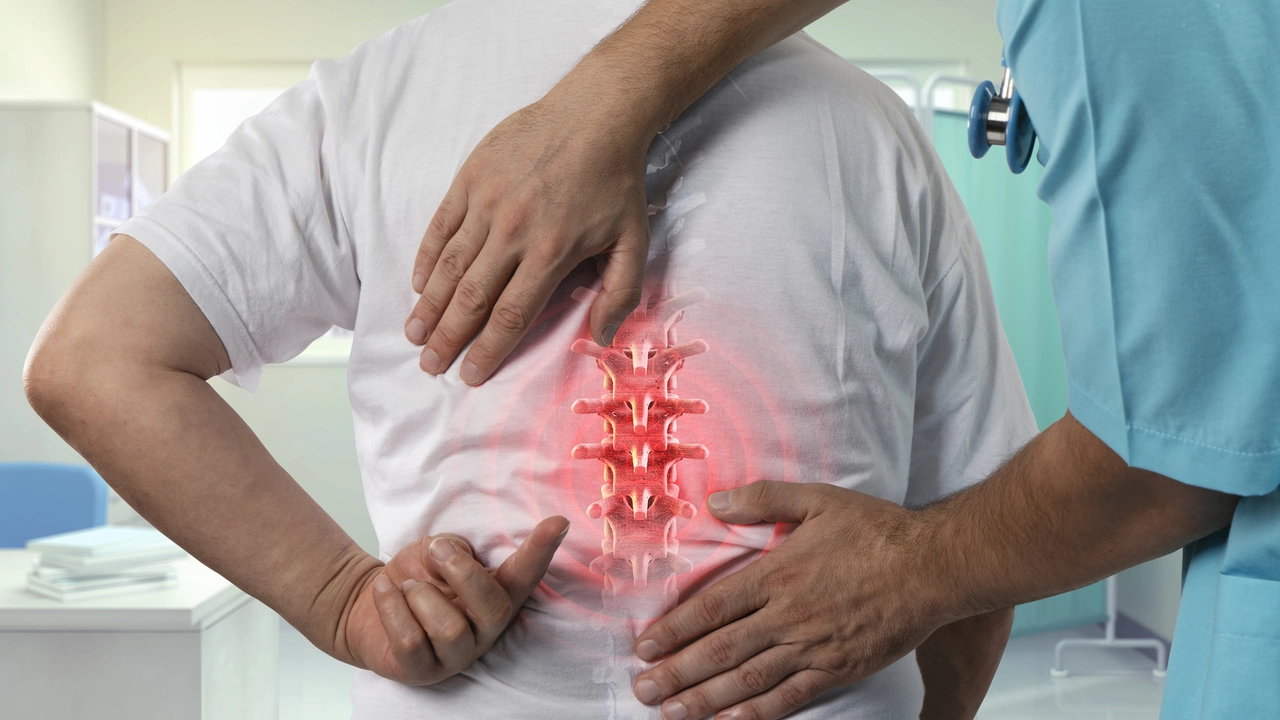Most acute back pain starts suddenly and improves within days to a few weeks. That’s good news. But sudden pain can be scary, so focus on smart first steps that reduce pain and keep you moving without making things worse.
Move gently. Bed rest for more than a day usually delays recovery. Try short walks and easy changes of position every 20–30 minutes. Use a cold pack for the first 48 hours if the area is swollen or hot; switch to heat after 48 hours to relax tight muscles.
Over-the-counter meds help. Ibuprofen or naproxen (NSAIDs) reduce inflammation and pain for most people; acetaminophen can work if NSAIDs aren’t suitable. Follow dosing directions and check with a pharmacist if you take other meds.
Keep activity sensible. Avoid heavy lifting, twisting, or sudden jerks. Gentle stretches for the lower back and hips often ease stiffness—try knee-to-chest holds and pelvic tilts for short sessions several times a day. If any move makes the pain worse, stop it.
Sleep and posture matter. Sleep on your side with a pillow between your knees or on your back with a small pillow under your knees. Sit in a chair with good lower-back support; get up every half hour to reduce stiffness.
See a doctor right away if you have fever, recent serious trauma (like a fall or car crash), numbness around the groin, sudden bowel or bladder changes, or increasing weakness in a leg. These are red flags for something more serious that needs prompt care.
If pain is severe and not improving after a week of sensible home care, call your provider. They may suggest physical therapy, imaging, or a brief trial of prescription meds. Most imaging (X-ray, MRI) isn’t needed immediately unless red flags are present.
Physical therapy helps a lot for people who aren’t improving. A therapist can teach targeted exercises, manual techniques, and ways to change daily habits so pain doesn’t keep coming back.
When to consider injections or surgery: these are rare for acute pain. Specialists usually recommend them only if there’s clear nerve compression or persistent severe symptoms after conservative care.
Simple prevention tips: lift with your legs, keep a healthy weight, strengthen your core and hip muscles, and break up long sitting periods. Regular low-impact activity like walking or swimming lowers the chance of future flare-ups.
Acute back pain is common and usually improves with sensible self-care. Use cold then heat, stay active without overdoing it, watch for red flags, and see a clinician if things don’t get better within a week or if worrying symptoms appear.

In my recent exploration, I delved into the effectiveness of Methocarbamol for acute back pain. From what I gathered, Methocarbamol, a muscle relaxant, shows some promise in treating this condition. It seems to work by blocking nerve impulses causing pain sensations, thus bringing relief. However, it's crucial to note that while it may alleviate symptoms, it doesn't address the root cause of back pain. Therefore, it should be used as part of a comprehensive treatment plan, and not as a standalone solution.
View more